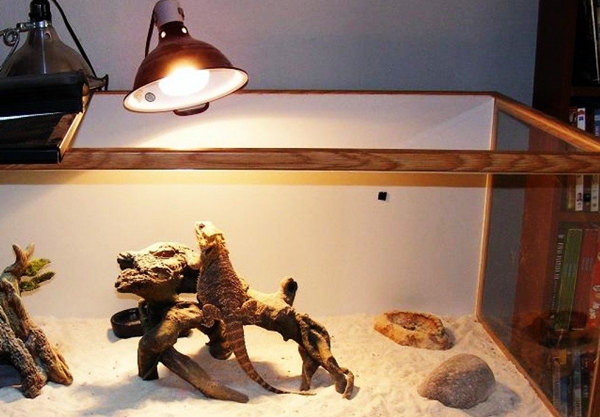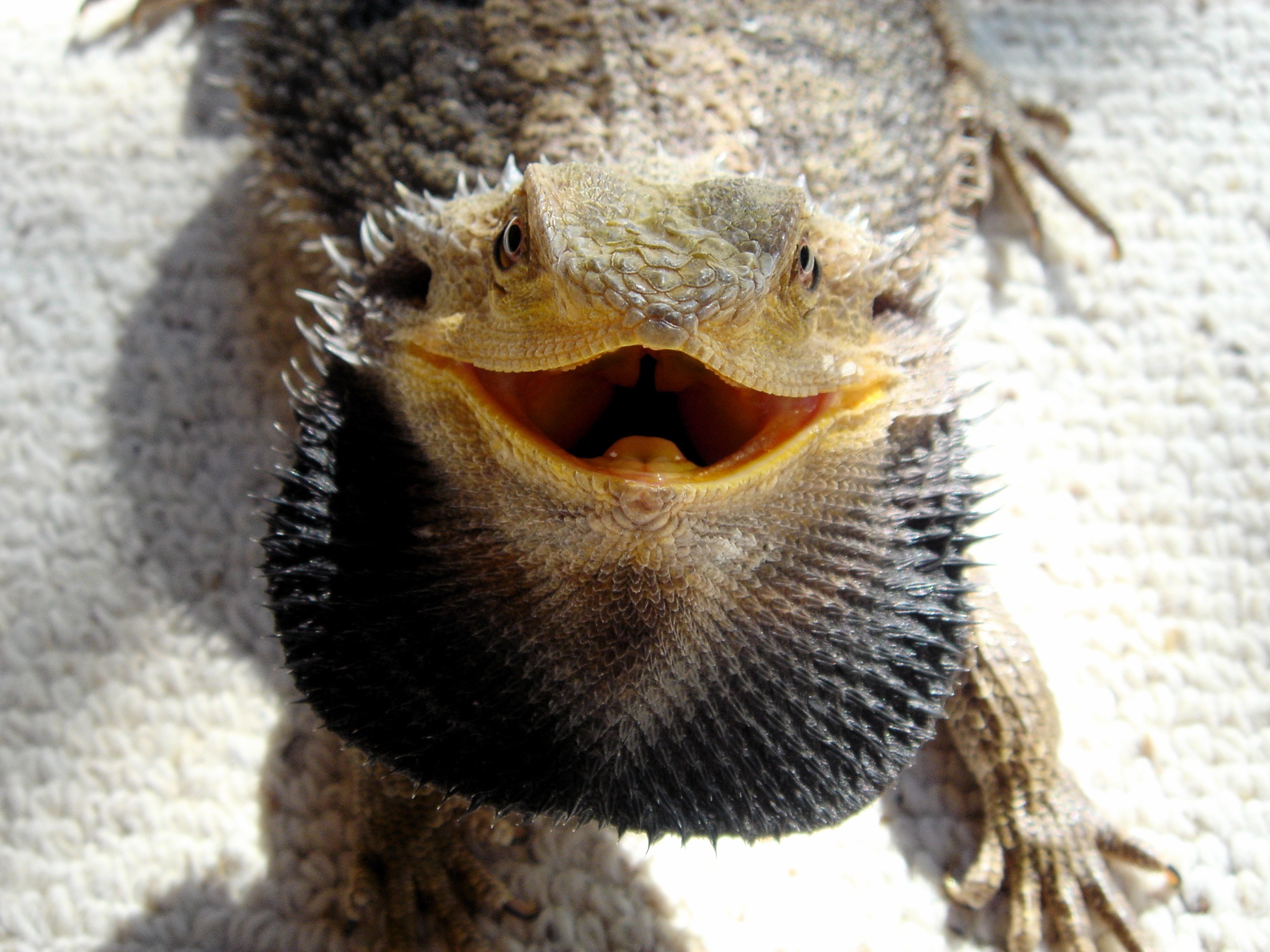The Ultimate Guide to Caring for Your Cuddly Bearded Dragon
Meet Your Next Furry Friend: The Cuddly Bearded Dragon
If you’re looking for a low-maintenance pet that’s both cool and cuddly, look no further than the bearded dragon! Known for their friendly personalities and easy care routine, these lizards are a great choice for beginners and seasoned pet owners alike. But what makes the bearded dragon so special? And how do you properly care for one? Let’s dive in to find out!
What is a Bearded Dragon?
Bearded dragons are a type of reptile native to Australia. They get their name from the spiny “beard” on their throat, which they puff out when feeling threatened or excited. These lizards are omnivores, meaning they eat both plants and insects. They can grow up to two feet in length and live for up to 15 years in captivity.
Why Bearded Dragons Make Great Pets
Bearded dragons are a popular choice for pet owners for many reasons. Here are just a few:
- They’re docile and friendly, making them great pets for families with kids.
- They’re quiet and low maintenance, making them ideal for apartment living.
- They have a long lifespan, giving you plenty of time to bond with your pet.
- They come in a variety of colors and patterns, so there’s a bearded dragon for everyone!
Basic Bearded Dragon Care
While bearded dragons are relatively easy to care for, they do have some basic needs that must be met in order to keep them healthy and happy. Here’s what you need to know:
Housing
Bearded dragons should be housed in a terrarium that’s large enough for them to move around freely. A terrarium that’s at least 40 gallons in size is ideal for one adult bearded dragon. A larger enclosure may be needed for more than one bearded dragon or when keeping a baby bearded dragon.

Lighting and Heating
Bearded dragons need access to UVB lighting in order to properly metabolize calcium. Provide a UVB bulb that’s specifically designed for reptiles, and place it at one end of the terrarium. Bearded dragons also need a basking spot where they can warm up under a heat lamp. The temperature should be between 95°F and 110°F at the basking spot, and between 75°F and 85°F on the cool side of the terrarium.
Diet
Bearded dragons are omnivores, meaning they eat both insects and plants. A healthy diet for a bearded dragon should consist of:
- Leafy greens such as collard greens, kale, and mustard greens
- Other vegetables such as carrots, squash, and sweet potato
- Protein sources such as crickets, mealworms, and dubia roaches
Juvenile bearded dragons will need more insects in their diet than adults. Feed your bearded dragon once a day, and provide fresh water at all times in a shallow dish.
Cleaning
It’s important to keep your bearded dragon’s terrarium clean to prevent the growth of harmful bacteria. Spot clean the terrarium twice a day by removing any feces or uneaten food. Once a month, do a deep clean by disinfecting the terrarium and replacing the substrate.
Bonding with Your Bearded Dragon
Bearded dragons are known for their friendly personalities and willingness to interact with their owners. Here are some tips for bonding with your bearded dragon:
- Handle them gently and frequently, starting at a young age.
- Offer them treats such as mealworms or pieces of fruit to reinforce positive interactions.
- Spend time sitting near their terrarium so they can get used to your presence.
Conclusion
Bearded dragons are an excellent choice for anyone looking for a cuddly, low-maintenance pet. With basic care and proper handling, they make wonderful companions for many years to come. Remember, always do your research before getting a new pet, and consult with a veterinarian if you have any questions or concerns.
